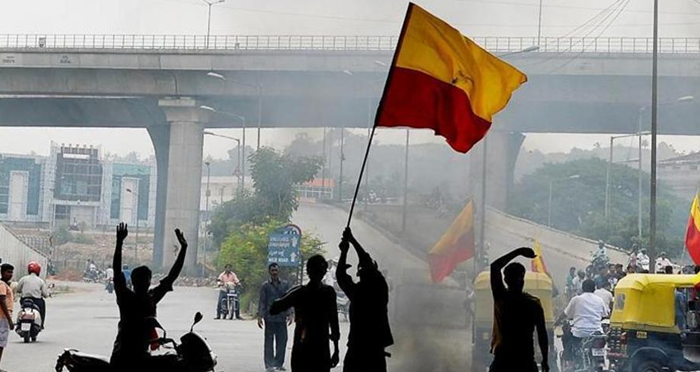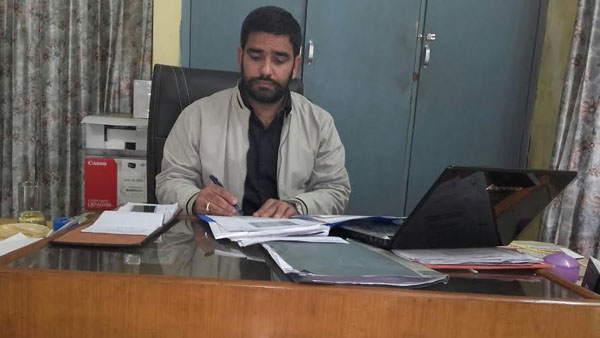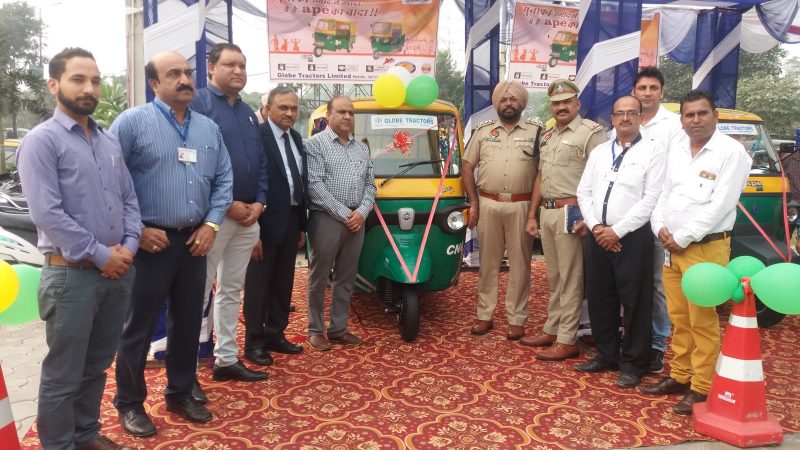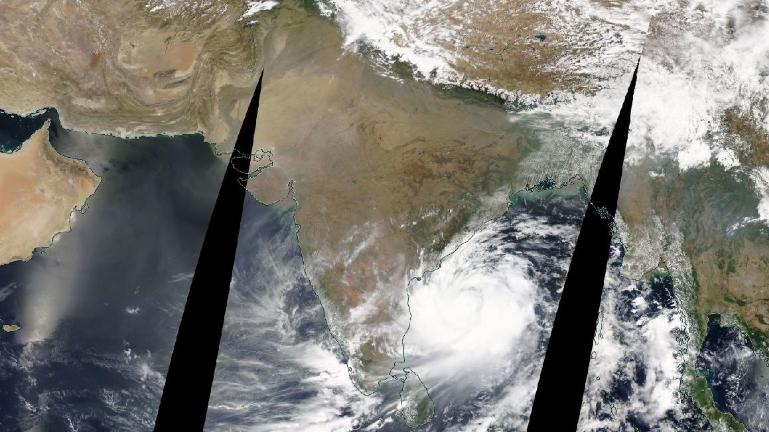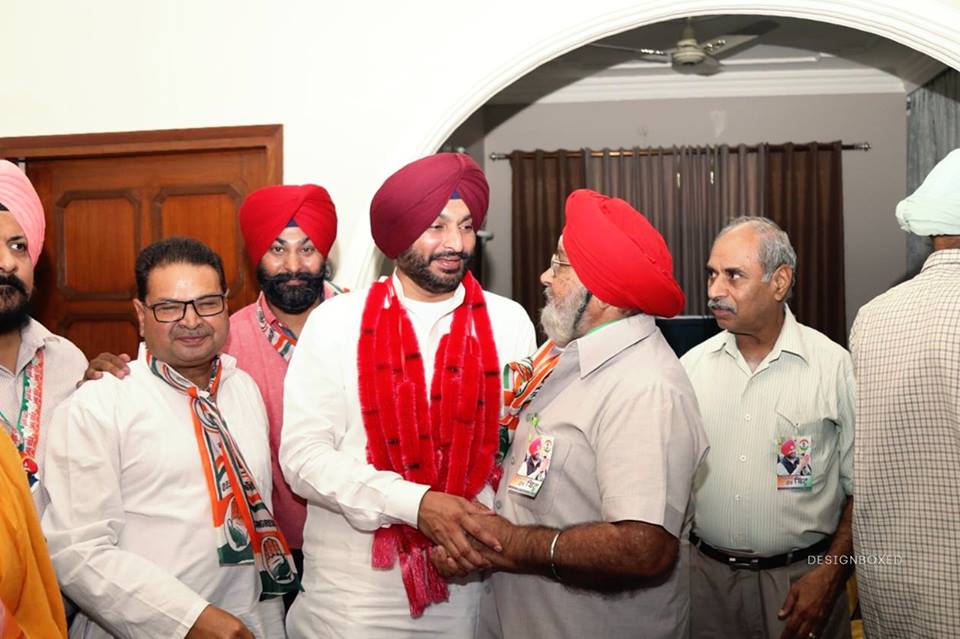Karnataka’s move to set up a panel to look into the legality of having an official state flag has behind it a history of conflicts — both within the state and with other states.
At the moment, the state is fighting legal cases with all of its neighbours over sharing water from various rivers. Apart from the legal battle over Cauvery, the state is locked in similar battles over the Krishna, Godavari and Mahadayi rivers. There is also a longstanding dispute over Belagavi district, which some want to be integrated with Maharashtra.
Crucially, one of the petitions submitted in 2014 for having an official state flag comes from Belagavi. Speaking to HT, Bheemappa Gadad, an RTI activist, said the reason for such a demand was because some people in the district felt there was a need to assert that the region belonged to Karnataka.
“There are some here, who want the district to be a part of Maharashtra. So, we wanted a flag that would show that Belagavi is a part of Karnataka,” Gadad said.
The district has a large number of Marathi speakers and a local party, the Maharashtra Ekikaran Samiti, has been at the forefront of the demand to make the district a part of Maharashtra. “The MES even hoists its own flag atop the corporation building in Belagavi city,” Gadad said.
Towards a Kannada identity?
The proposal for having such a flag is not new. In his Budget speech in 2012, then chief minister DV Sadananda Gowda had said that the Kannada flag, which is made up of strips of red and yellow, would be hoisted atop all government buildings next to the national flag on November 1, which is the state formation day.
However, later that year, while replying to a public interest litigation petition calling for a flag code for the Kannada flag, the Bharatiya Janata Party retracted its decision saying a separate state flag would undermine the sanctity of the national flag.
According to film critic MK Raghavendra, who has written extensively about Kannada identity, the recent developments are just attempts to build a broader identity base for the Congress. “Even the anti-Hindi imposition sentiment that is sought to be fanned is part of this,” Raghavendra said, referring to the recent controversy over the use of Hindi in the signboards at metro stations in Bengaluru.
“The state is dominated by the regions that formed a part of the princely state of Mysore, which is why the state seems to be obsessed with the Cauvery issue,” Raghavendra said. According to him, the linguistic reorganisation of Karnataka had meant that those areas that were added to the Mysore state, like the Bombay-karnataka and Hyderabad-Karnataka regions, had always been sidelined.
“The chief minister Siddaramaiah is trying to appeal to these areas on the basis of a politics of patronage. But people in these border districts have always felt that they have lost out because of the prominence given to the Old Mysore area,” Raghavendra said.




